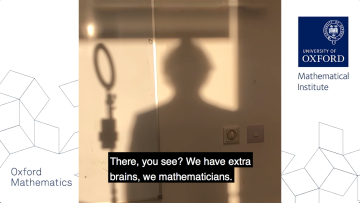16:00
Fermionic CFTs
Abstract
There has been a recent uptick in interest in fermionic CFTs. These mildly generalise the usual notion of CFT to allow dependence on a background spin structure. I will discuss how this generalisation manifests itself in the symmetries, anomalies, and boundary conditions of the theory, using the series of unitary Virasoro minimal models as an example.



